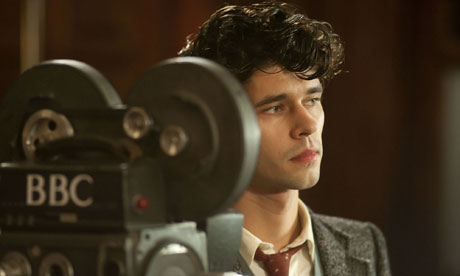After a long day walking through the Camden (on the same day Amy Winehouse was found dead in her Camden home, just to be clear: I was not responsible), all I wanted to do was sink my teeth into a nice, thick juicy burger. This simple desire seemed completely reasonable and attainable. I sat on my friend Sara’s bed as she searched through “London’s Top 10 Burgers.” I wanted them all and I wanted them now. Although the list of burgers was impressive and appetizing, I had my heart set on the Gourmet Burger Kitchen.
As I was reading the menu on the restaurant's website, I knew I had to get the avocado bacon burger, cooked medium rare with a side of onion rings. This particular burger kitchen was located near St. Paul’s. Perfect, I thought. We can take the central line to the St. Paul station and walk from there. Unfortunately, Sara had her mind set on walking, and I know better than to cross Sara when her mind is made up. I was tired, but I could walk knowing that there was a purpose to it. A delicious, juicy goal was waiting to be devoured. The walk should have taken about 15 minutes if we had known where we were going. We did not.
After a few minutes of directionless wandering, we decided it would be best to ask someone for directions. The security guard at a posh clothing store did little but confuse us more. He had no idea what we were talking about, and I could barely understand what he was saying. Security guards are supposed to know everything, especially the location of the nearest Gourmet Burger Kitchen. When I’m done writing this, I should have a talk with his supervisor. I then decided to try to get a WiFi signal on my phone. I’m in the middle of one of the biggest cities in the world, I thought, there must be free WiFi somewhere. Obviously, the universe was playing a cruel joke on me because I found it impossible to connect to the Internet. No Google Maps, no web browser, not a single luxury. It was just like Gilligan’s Island.
The cashier at a convenience store also proved to be unhelpful. It had been almost 25 minutes since we left the apartment. I needed that burger more than I can articulate. We were tired, and had no idea where to find our burger Mecca. We began walking more and the inevitable began to happen. Anthony suggested we try another restaurant. Sara suggested we turn back and go to the apartments. I couldn’t bear to do this, no burger left behind. At this point I began to go to a very dark place. My hunger manifested itself in strange and unusual ways. I began screaming and gnawing at my jacket. My hands were clenched tightly as my fingernails dug into my sweaty, frustrated skin. It wouldn’t have taken much longer for me to run up to the nearest pedestrian and begin feasting on their flesh.
I felt as though I would never eat again. I would die right there, on the corner of Cannon and New Change. Perhaps there would be a memorial on the corner reading, “Here lies Christopher James Williams, all he ever wanted was a avocado bacon burger cooked medium rare with a side of onion rings. He bravely died on this corner from a severe case of hunger madness.” The city would be so moved by my story, they would build another Gourmet Burger Kitchen right on that spot so that history need not repeat itself and take any more innocent lives.
As I prepared to lie down and accept the cruel fate the world had served up, Anthony called one of our roommates who looked up the directions for us. Oh, ok. Maybe my situation wasn’t as bad as I had made it out to be. After walking about 2 minutes, we saw it. It was in the most obvious spot that it could’ve possibly been in. There it was, right across the street from St. Paul’s Cathedral. I placed my order with an unrivaled enthusiasm, sat down, and let out a sigh of relief. Before this journey, if someone had asked me what my favorite part of London was, I would have said just exploring and not really knowing where I’m going. However, if there’s a goal in mind, especially a medium rare avocado bacon goal, I've learned it’s better to know how to get there and the fastest way to do so.






